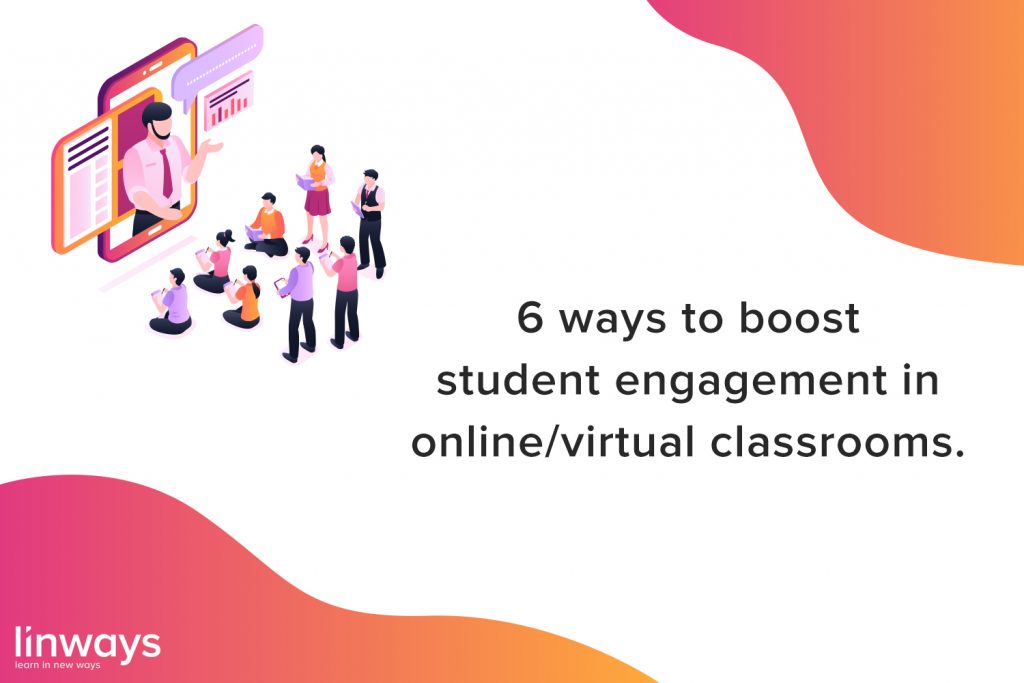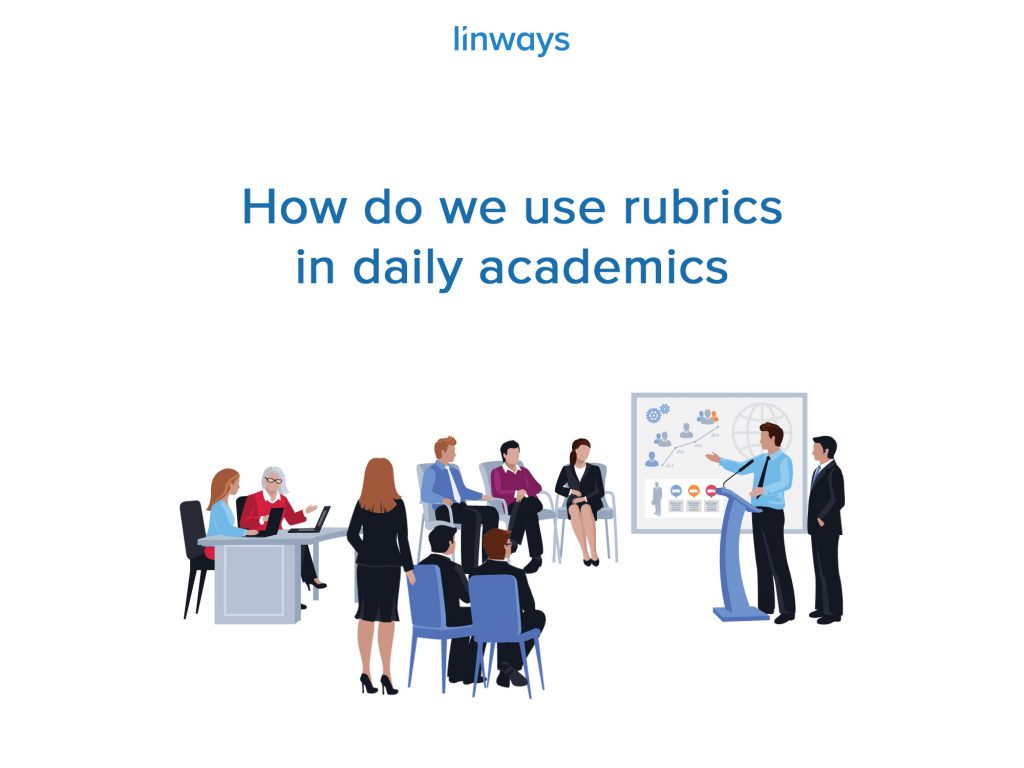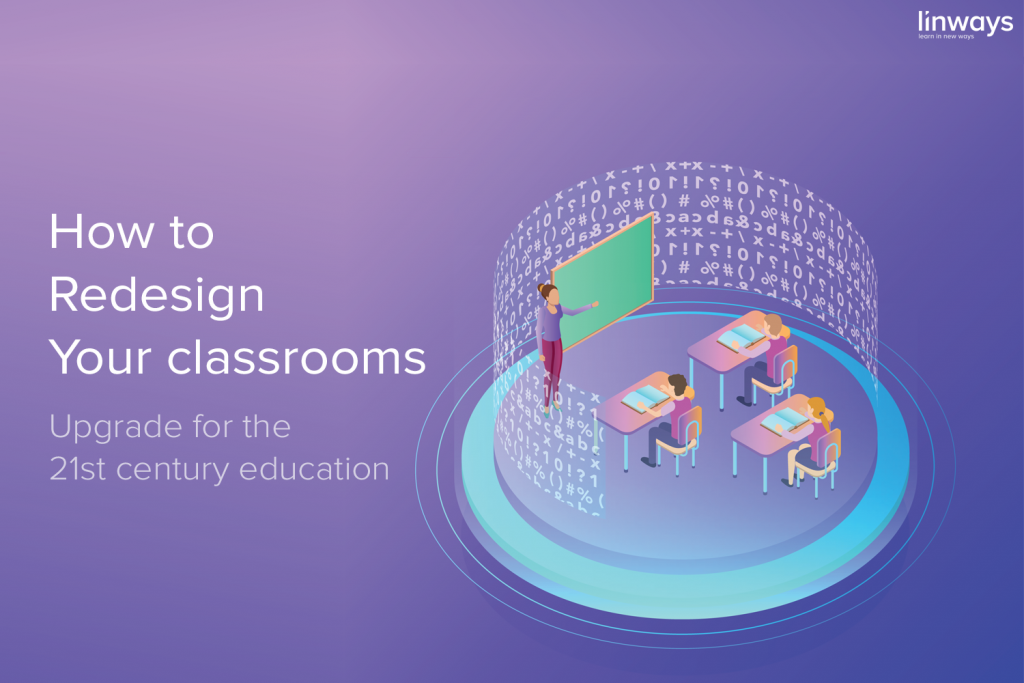
We have already talked about changing interests and demographics in education. Teaching-learning is being digitized, there are more tools to assist teachers manage their classrooms, courses, academics, etc. But no matter digital or otherwise, one thing all teachers agree about student-teacher interaction is the engagement.
Students should be engaged and made to be a part of the class. For most of us, student engagement begins and ends at raised hands, questions asked, or simply maintaining eye contact. But thanks to feedback from teachers all across the world and serious research studies that have been done we now know student engagement goes way beyond that. As much as it’s about students actively participating in the classroom, engagement also connects to the self-directed learning behaviors and proactive preparation for a class
But most teachers have a better understanding of how to interact with students and engage them inside the classroom. What we are specifically looking for is the slight changes those strategies go through when the teaching becomes online. We can’t generally assume whatever works well in a classroom should also work in an online classroom. The environment is different, the teaching styles are different, the way the students and teachers interact are different. It’s only obvious that engagement is different too.
So based on our recent research and survey, here are a few practices to improve student engagement in your online classrooms.
1. Prepare your students for the online learning experience.
Students who regularly attend physical classrooms may need some time to adjust to the pace and vibe of the online classroom. You, as a teacher can help them with a little introduction to the online learning environment. Explain how online learning is different from traditional classrooms.
If you’re using Academic Management Systems or digital learning platforms like Linways to virtually manage your institution, it’d be great to introduce that to your students. Let them know where to find course materials where to look for important information. This will reduce the friction between students and edtech.
2. Frequently review learning outcomes
Your introduction should include learning objectives and tracking milestones. As we already do, learning outcomes play a major role in quality improvement. Let your students know what to expect, and what the indicators of the outcomes are
You could explain the purpose of each course activity and connect it to the learning outcomes for the course. If students know why they’re doing an activity and how it will impact them, they’re more likely to invest themselves in it and complete the work.
3. Organized lectures and learning materials.
Students should be able to access the necessary resources without having to spend too much effort. Course materials should be organized and should be available from one single access point. This brings out the organization and clarity about the whole course.
If you are using digital learning management systems like Linways, you can upload the course materials over with the course plan, organize them and share them with the students through the platform itself.
4. Prevent isolation by increasing the presence of instructors.
Build connections with your students and interact with them more often than how it would be in a physical environment. Because peer interaction and classroom environment is a stimulus that’s lost in single online environments. It’s easy to lose focus and indulge in thoughts without any physical cues to direct the thought process of the students.
Talk with your students in the class. Bring forth their opinions and feedback on to the center of attention. Conduct lively discussions using discussion forums and debates to boost morale and student to student information transfer. You could also make your presence felt using your learning management platform to send messages and custom notifications.
5. Nurture a learning community.
“Researchers found that when an online course included an online community component, students were five times more engaged and 16 times more likely to finish the course.”
Engagement increases when students feel like they ‘belong’ and are ‘part of something’ with like-minded people. Build opportunities for social learning into an online course’s design.
However, also make sure that the course content is easy to digest and retain by delivering it in bite-sized chunks. Give students the opportunity to recall and review information, therefore committing it to their long-term memory, by spacing out content. Maintain focus and keep them engaged by delivering content in different formats: videos, voice-over slides, audio, text, and panel discussions.
6. Take and provide regular feedback.
Feedback is the one way to understand how well your students engage with you and your classroom. Regular feedback on their performance and attainment of learning objectives would go a long way in developing engagement. Quick responses to discussion posts and email questions can help keep students on track for the next assignment or activity. Provide opportunities for self-assessment, allowing students to take more responsibility for their own learning.
Using edtech platforms and tools like Linways can help you manage online classrooms, and run your institution virtually. Linways is specifically built to ensure student engagement and simplify the teacher’s workload so there’s always room for quality improvement. Linways also helps with boosting student engagement with each of these tips we’ve mentioned above.
The world of education is becoming more and more digitized. So every teacher should be equipped with basic skills and expertise to survive in the digital world. Let us know how you relate with these tips to engage students in an online classroom. Also add your own versions of tips to boost student engagement.
Also published on Medium.




